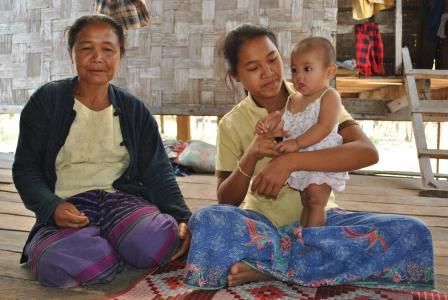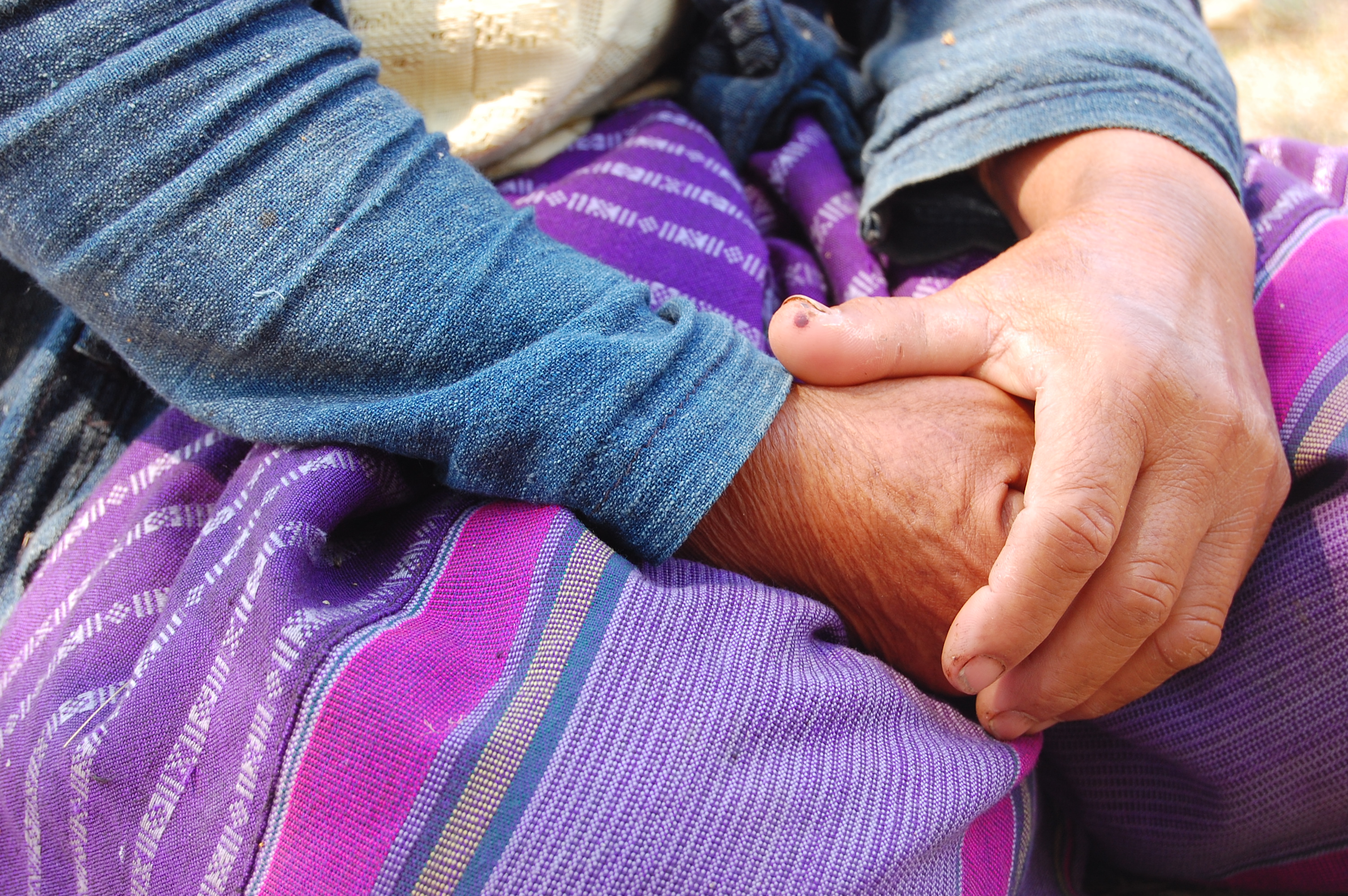Community midwife helps deliver over 100 babies
See lives in a village along the Sesamsoiy River with a population of 995 people in 130 families, where most people work as farmers. It is far from Xonnabouly town- around 23 km - where the closest hospital is located.
There is only one school, from grade 1 to grade 5.
There is no pharmacy in the village, and they have only two midwives.
Before World Vision started working here in 2002, See has been a community midwife for 10 years, in addition to her farming work.
“I never learned from school, I learned from my mother. I helped more than 100 women give birth on my own," said See. Her mother was also a community midwife before she died.
“I never used any equipment or gloves. We did not use any medicines," See recalls. Often the delivery would take a long time, with See taking an overnight vigil waiting for the baby to arrive. “It was hard work. The village is far from the hospital and quite often, the villagers asked for an assistance," she says.
She received training on childbirth and realized she needed to improve her skills. “I found out we were using unsanitary materials like sharpened bamboo sticks to cut the baby’s umbilical cord."
She also learned the importance of hygiene and cleanliness for both the baby and mother’s life.

Phone, a 19-year old pregnant mother is happy there are trained midwives in her village.
“The hospital is far and roads are difficult especially during the rainy season. I am not scared when a trained midwife is around. They make me feel stronger and more confident.”
Trained on proper and sanitary methods, the women in the village began helping each other. One or two stay to help the midwife in the delivery and ensure that the work is done properly.
Traditionally, midwives are not paid with money. The family gives a gift after the delivery – either a Lao skirt or a blouse that could cost around Lao Kip (LAK) 35,000 (US $4). But what is required as this is believed to bring good health to the midwife is - when the mother gets stronger - she must bring clean water to the midwife for her to take a bath on. This is still being practiced today.
The International Day of the Midwife, 5 May, is a day to celebrate the life-saving work of the world’s midwives. Midwives are the primary caregivers for millions of women and newborns before, during, and after childbirth, and also offer women and girls essential counseling and education on family planning and reproductive health.
